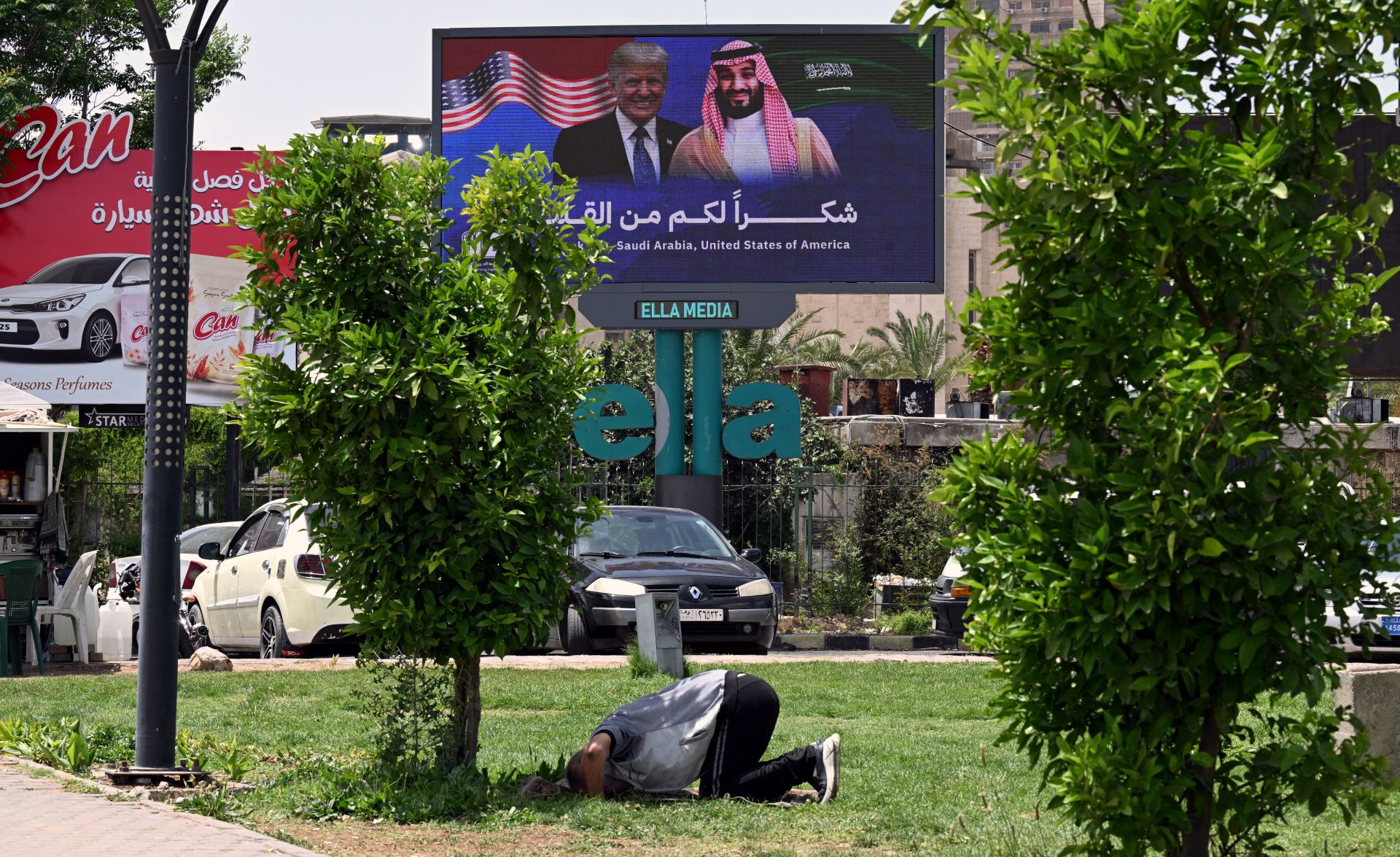
From Riyadh on Tuesday, US President Donald Trump announced—at the request of the Saudi crown prince—the full lifting, not just suspension, of economic and diplomatic sanctions on Syria.
It was a crucial distinction, noted by many observers attending the US-Saudi Investment Forum, where every word of the American president’s remarks was carefully analyzed.
Shortly after the announcement, Syria’s interim president, Ahmad el-Chareh, urged the United States to invest in the country’s key sectors, including oil, gas and mineral resources—particularly phosphates.
For Syria’s new leadership, the move marks a major political victory, just months after the dramatic fall of the Assad regime on December 8.
Some analysts argue that this shift in US policy could be seen as a diplomatic setback for Israel, which had taken advantage of the regime’s collapse to ramp up its military and territorial operations in Syria.
Behind-the-Scenes Concessions?
According to the British daily newspaper The Times, Damascus may be ready to offer Washington a metals deal similar to the one signed by Ukraine, along with political or economic concessions in exchange for the lifting of sanctions.
But Syria’s economic recovery presents a monumental challenge. The World Bank estimates that reconstruction will require $250 billion—not including the complete overhaul of a state apparatus hollowed out by decades of sanctions. The UN puts the total cost at more than $400 billion.
Several sources agree that Syria will not be able to capitalize on this opportunity without a well-structured recovery plan led by a technocratic elite that includes business figures from the diaspora. The assessment is blunt: “Everything needs to be rebuilt in Syria.”
SWIFT: Global Financial Isolation
Syria has been under international sanctions since 1979, and was further tightened following the brutal crackdown on protests in 2011. In 2019, the implementation of the US Caesar Act led to Syria’s exclusion from SWIFT, the key infrastructure for global banking transactions. This severe sanction effectively cut Syria off from the international financial system, blocking all foreign currency transactions.
According to Jihad Yazigi, director of the economic website The Syria Report, the US sanctions were the most stringent of all. Their lifting sends a strong political signal: “It means Syria can once again trade, attract investment and start anew.” He adds that the first noticeable changes will be in money transfers from Gulf countries and the flow of development aid.
A Long-Term Process
However, Yazigi cautions that lifting the sanctions, symbolic as it may be, is not enough. It must be accompanied by significant financial support, especially from Gulf countries and Europe. Political economist Karam Shaar emphasizes that the legal process to remove sanctions is complex and lengthy, especially when dealing with punitive laws enacted by Congress. Some measures can only be overturned through legislation, not by presidential decree.
Syrian Pound Recovery
In the markets, the Syrian pound rebounded sharply following Trump’s announcement. On Wednesday, the dollar’s buying rate fell by 5.62% to 8,100 Syrian pounds, a 10% decline compared to the previous day. On the selling side, the dollar was quoted at 8,400 pounds.
On the streets of Syria, this breath of fresh air sparked spontaneous celebration. In Aleppo, Zain al-Jabali, 54, owner of a soap factory, welcomed the news: “This will revive the economy and encourage people to return.”



Comments